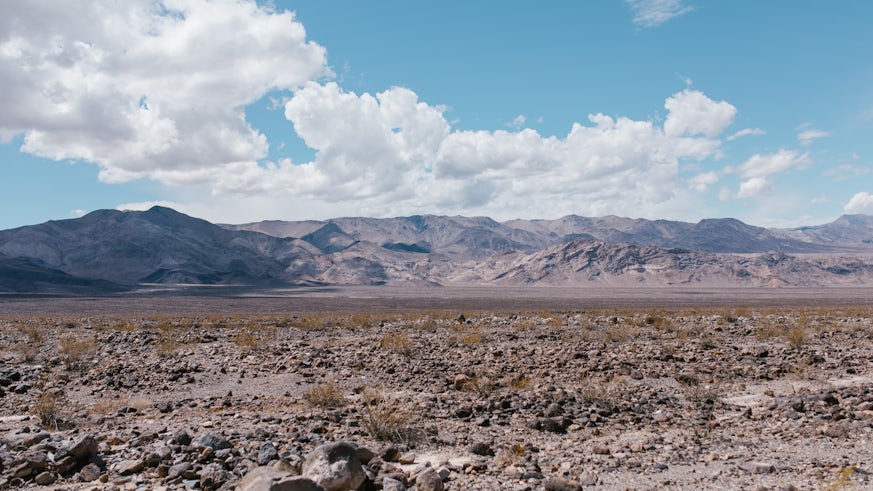Understanding the onset and propagation of drought in soil moisture and grassland vegetation responses in Southern California
10 August 2021

As drought intensifies in Southern California, new research shows a noticeable shift in the browning of grassland vegetation, raising the risk of severe and extensive wildfires in this region.
The landscape of Southern California is covered by large stretches of open grassland, and while browned grass is not an uncommon sight during the dry season, there have been shifts in the onset and progression of browning as a result of climate change. The recent multiyear drought in California from 2012-2016 had devastating effects on the different regions and biomes, such as large scale forest dieback and multiple extensive wildfires.
Grasslands depend heavily on incoming precipitation during the winter and spring as their main source of water. During the recent drought, the lack of precipitation during the rainy season, coupled with increased evaporative demand due to warmer temperatures had a pronounced effect on grasslands throughout Southern California.

Maria Warter, PhD researcher at the School of Earth and Environmental Sciences says: 'Based on an analysis of a decade of climate data, including precipitation, air temperature, humidity, evapotranspiration and soil moisture, our research found that a lack of precipitation during the rainy season resulted in earlier browning of grasses and drying of soil moisture.As a result, the landscape is primed for more easily ignitable and widespread wildfires, threatening not only ecosystems but also local communities as seen during recent fire events.'
The progression of climate change will likely intensify these drying trends, putting a further strain on grassland ecosystems and raising the risk of wildfires and loss of biodiversity to a level previously unseen.
The full paper can be found here. Please contact Maria Warter at warterm@cardiff.ac.uk for more information.






